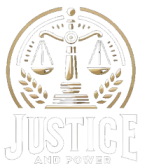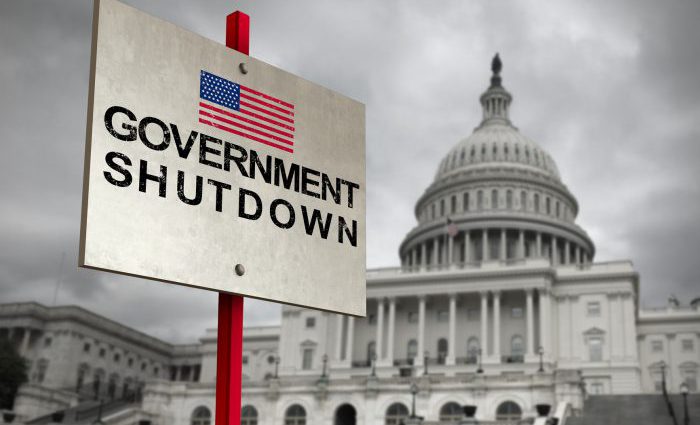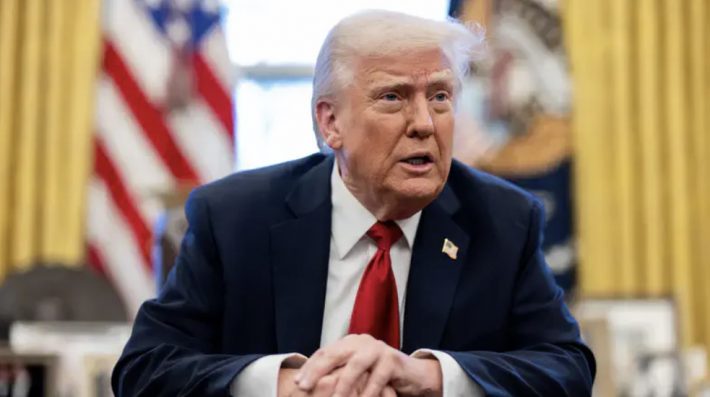With the U.S. government shutdown blocking key economic data, the Federal Reserve is preparing another interest rate cut amid rising fears of stagnation, soft jobs, and stubborn inflation.
As the U.S. government shutdown stretches into its fourth week, leaving economists and policymakers flying blind, the Federal Reserve convened its highly anticipated policy meeting on Tuesday — expected to deliver its second rate cut of the year in an effort to counter a slowing economy and softening labor market.
Deprived of official job figures due to the shutdown that began on October 1, the Fed’s decision-making process has leaned heavily on private-sector data and anecdotal evidence. Former Kansas City Fed President Esther George said that without formal government releases, officials will rely on “whatever data they can get,” though most indicators support another 0.25% rate reduction.
Private payroll firm ADP reported that U.S. private-sector jobs fell by 32,000 in September, while Revelio Labs and the Fed’s Beige Book pointed to a clear cooling in hiring. According to Wilmington Trust Chief Economist Luke Tilley, private-sector job growth from May through August totaled just 157,000, with healthcare adding 249,000 positions — while all other industries combined lost 92,000 jobs.
“The job market is a lagging indicator,” Tilley said. “We may already be past the turning point.”
While jobs are weakening, inflation appears to have eased modestly. The Consumer Price Index (CPI) rose 3% year-over-year in September, slightly lower than August’s 3.1%. Core inflation, excluding food and energy, increased 0.2% month-to-month.
Yet many economists see troubling parallels with stagflation — sluggish growth and sticky prices — last seen in the 1970s. “It’s not the same magnitude,” said Patrick Harker, former Philadelphia Fed president and Wharton professor, “but it really feels like stagflation.”
Harker and George both noted that tariffs imposed by President Trump’s administration are seeping through the economy, pushing costs higher for consumers and businesses. “Inflation was an issue before tariffs,” George warned. “They might not just be a one-time bump.”
Adding to the Fed’s unease, delinquencies in subprime auto loans and losses at regional banks have emerged as early warning signs of credit strain. Zions Bancorp recently disclosed a $50 million loss on two commercial loans, while the collapse of auto-parts maker First Brands and lender Tricolor highlighted potential fraud in auto finance.
“Bad underwriting doesn’t matter when the economy’s strong,” Tilley said. “It’s when job growth slows that you start seeing cracks.”
Despite the risks, Fed Chair Jerome Powell has signaled readiness to “lean toward risk management” — prioritizing employment stability over inflation fears. With markets pricing in near-certainty of a rate cut, the question now is whether another will follow in December.
Wilmington Trust’s Wil Stith believes one more cut is likely:
“When you weigh the risk of inflation against job losses, the Fed will err on the side of protecting growth.”
Even so, George cautioned that policymakers must “reassess constantly” if inflation proves more persistent than expected.
“If the labor market remains tight while inflation stays above target, the calculus changes,” she said.
With stagflation fears simmering, tariffs reshaping trade flows, and the government shutdown paralyzing data collection, the Fed is navigating one of its most uncertain moments in years — cutting rates not out of confidence, but caution.





